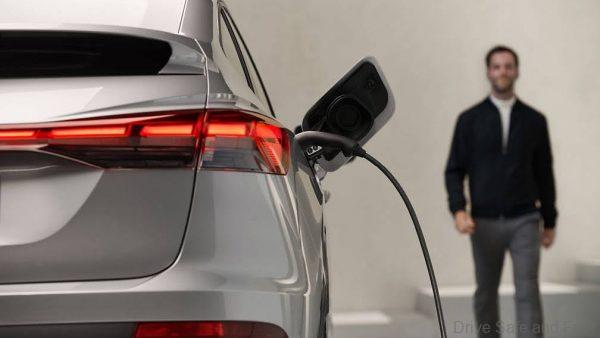With our two national car companies, electric car adoption will never happen so soon.
More Malaysians are talking about electric vehicle (EV) ownership without knowing what it really is about. This is not about buying a car with supercar acceleration and clean cheap energy. With our currency exchange and rising lower middle class since 2020 and the Covid-19 pandemic it is clear that we Malaysians are still far from becoming a rising green, clean motoring population.

Imagine this. The full electric Porsche Taycan luxury electric car has outsold (almost 140 bookings to date for the Taycan) the Nissan Leaf electric car in Malaysia which costs almost a third. It should be the other way around as the Nissan Leafhas been on sale since July 2019 and is priced at just RM188,888. Why? Well, middle class Malaysians need a car that can be easily fueled and for interstate travel on long weekends and during festive periods.

Taycan buyers already have more than 3 cars in their garage and the rest as petrol guzzling vehicles. So, the Taycan is not their daily commuting vehicle.

The Taycan and Leaf are vehicles that need to be charged using electricity (unless you have solar panels at your home and office) and the more you accelerate fast the more battery power you use up.
Then there is the long term cost of battery replacements which are no cheap right now. Yes, they can last more than 10 years on average and most people will and might sell their EV in 4-6 years of ownership, but do you think the next owner is going to pay you a premium for a used EV?

The chances are slim for you getting even 40 percent of your new EV value after 6 years of ownership. You would probably get 30-35 percent at best depending on your battery health check and the price of replacement batteries at the time of sale.

So, before you run out a buy an EV, think of the charging infrastructure, your access to cheap electricity to recharge your EV and how much you are willing to lose in value over the ownership period.
Statistics from the ACEA (European Association of Manufacturers) show that the electric car does not break through in low-income European countries. 80 percent of sales are in 6 countries.
In Norway, the Netherlands and Sweden serve as an exception in the electric car market in Europe. These are the only countries where their market share exceeds 20 percent (including plug-in hybrids).
The so-called ‘rich’ countries like Austria, Germany, Belgium, Denmark, France, Finland, Portugal, the United Kingdom and Switzerland have a rate between 3 percent and 7 percent, with an average of 3.5 percent exceeded only by those whose average income exceeds €42,000 (RM239,941). So, for Malaysia, it is for a person earning an average of RM20,000 a month.
For all the others, it is a much low figure. Take Denmark for example where there are about 2.5 million cars running in the country and only 20,000 of them are full electric cars. Yes, there is a plan to increase it to 775,000 EV’s by 2030.
The market share of electric cars for the whole of the European Union sits at just 2 percent. And 80 percent of all electric cars sold on the continent are in only 6 countries with high income population.
So, unless our two national car companies take on the electric vehicle segment and introduce attractive priced electric powered vehicles, say between RM85,000 to RM98,000, this is still a segment for the wealthy.